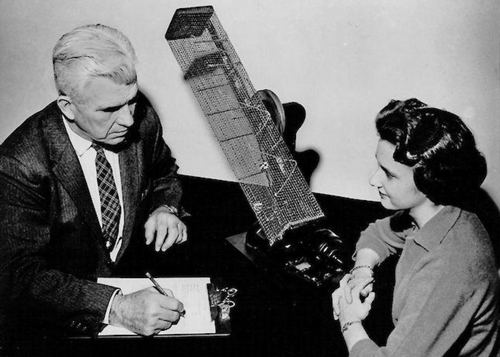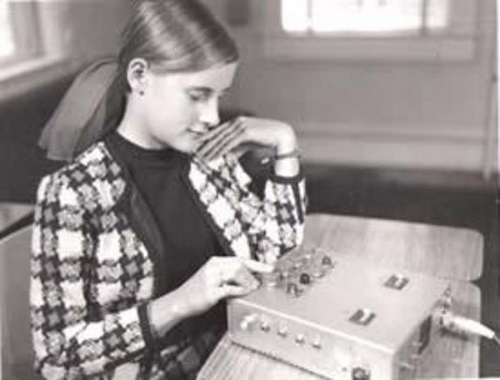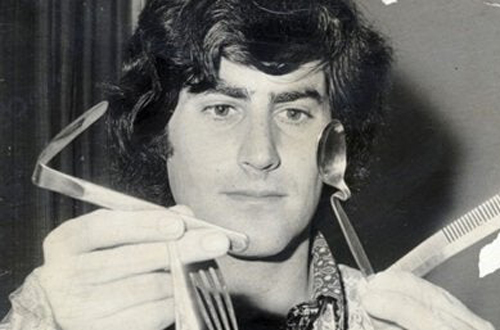Psychokinesis (PK)
Psychokinesis (PK) or telekinesis refers to an alleged psychic ability which allows a person to affect a physical item by using only the power of their consciousness. Bending spoons for example may be the first thing that we think of. It is probably one of the more well-known theorised abilities within the psychic world, however results under scientific experimental conditions don’t really yield conclusive results.

If anything, a lot of the results themselves lack credibility due to the amount of people who have ‘faked’ this ability. That doesn’t mean however that this is not possible. People even theorise that some may not be aware of this ability and could be unknowingly using it. So let’s explore this in a little more depth.
What is psychokinesis?
Known as PK for short, the word psychokinesis comes from the Greek words psyche which means ‘consciousness’ or ‘soul’, and kinesis which means ‘motion’. It was coined in 1914 by Henry Holt who was an American author in his book On the Cosmic Relations.
Psychokinesis is the concept which basically combines consciousness and matter. You will have heard the phrase “Mind (consciousness) over matter”. This is telling a person to use their consciousness to overcome the physical situation they’re in. Using consciousness to influence matter means that a person is using their consciousness to physically make an object move without touching it. This essentially is what psychokinesis is.
PK is probably one of the more impressive psychical abilities if proven to be true because of the way it is portrayed in movies. While bending spoons and other more obvious styles of psychokinesis are considered to be advanced telekinesis and considerably rare, micro PK is an area that parapsychologists seem to have taken the most interest because it seems to be a more plausible when it comes to psychic ability. The simple concept of being able to influence the roll of a dice for example.
Rhine Trials

Parapsychologist J. B. Rhine is famous for his trials with Zener cards. Yet his research went much further than just testing Zener cards. He was also involved with testing PK as well. In the early 1930s, Rhine was visited by a young gambler who claimed that it wasn’t just luck on his side, that he was able to successfully rolls the number he willed with his consciousness.
Given that it was a fairly easy thing to test, Rhine started with some trials. The initial results were underwhelming, however thought there was something to the idea and began a set of trials. Certain measures were taken to stop the sitters from influencing the results in a deceptive way. Cups were used so that the dice could not be thrown in a certain way (admit it, we have all done this playing Monopoly!). As testing evolved, the dice was then placed in electrical rotating cages (almost like a lotto draw) and photographed automatically to avoid an experimenter error. Subjects were shown a picture of the number on the dice they were to manipulate and then had to concentrate and ‘will’ the number to appear.
Along with many of his trials, Rhine faced a lot of criticism with many believing it was not a credible way to prove the existence of PK. Rhine continued to evolve his testing by tightening controls. Magicians have been able to replicate this phenomena in many ways to using certain weighted dice to creating a special throwing technique.
Random Number Generators

Another famous parapsychologist who has done extensive work with PK is that of Helmut Schmidt. Working out of the Rhine institute, in the early 1970s, Schmidt pioneered the way with his research into the effects of the human consciousness on random number generators. The same tests were often used for precognition testing which would make it difficult for the tester to determine if a correct result was from precognition or the sitter using PK – meaning were they manipulating the results, or psychically predicting the results?
In one of the earlier trials, Schmidt created a box similar to the above complete with buttons and LED lights. An algorithm was programed in that would make the lights flash in a certain sequence. For example. the red light was programed to flash a certain amount of times compared to the green light. It was the roll of the sitter to psychically change the results.
Previous to this study, several independent researchers had reported the existence of a PK effect. The present study confirms the existence of the effect under particularly well-controlled conditions where the participation of independent observers precludes experimenter error, or even fraud.
The PK effect appears as an anomalous correlation between the outcome of random events and the mental state of a human subject observing the outcome. The effect is only partly under voluntary control and may depend on subconscious expectations, wishes, and fears of the observer.
“Although the effect is usually weak, it may be of practical importance in cases where conclusions have to be drawn from limited statistical evidence. A physicist trying to confirm his own theory experimentally might subconsciously generate a PK effect that could shift the outcome by, say, two standard deviations in the desired direction. Similarly, the fear of failure might induce PK effects opposite to the desired direction. This could play a practical role in critical procedures such as the launching of a satellite where, as we know from experience, elements of chance cannot be completely excluded, and where even a small reduction of the failure rate could be economically significant.” – Helmut Schmidt
If you would like to read the comprehensive paper written by Helmut Schmidt describing in detail how the trials were conducted and the results, you can find it here.
Psychokinetic metal bending
This is probably one of the more well known yet controversial examples of PK. Many skeptics argue it is nothing more than a stage trick, while many psychic mediums claim they are able to bend the spoons using merely the power of their consciousness. Practice makes perfect in this instance with many workshops and development classes available that claim to teach people how to use their consciousness to influence the environment around them.

One of the famous spoon benders is Uri Geller. You have probably heard of him or seen him on television demonstrating his alleged ability to bend spoons using telepathic powers. Skeptics have long argued that it is an optical illusion created by rubbing the spoon which gives the illusion that the spoon itself is bending. Whether or not Geller is the real deal remains quite a controversial topic and while the results have never satisfied the scientific community, researchers are still fascinated with this concept and believe there is evidence to suggest that PK and metal bending is potentially possible.
If it is in fact possible to manipulate the environment around us just using our consciousness, what could that mean for potential paranormal events?
PK and the paranormal
You have to wonder just how much the consciousness has an influence when it comes to the paranormal. Of course we argue that our brain plays tricks on us, but we also need to explore what the brain could potentially be capable of when it comes to creating paranormal phenomena. It is a rare occurrence, by sometimes on a paranormal investigation, things move.
One of the more common things you think of is things like a ball or a door. People will ask the spirits to move the ball or close the door. If you are focusing on it expecting it to close, are you unknowingly moving it yourself? It is weak in one person but potentially a lot stronger with several people. If you have a room of 15-20 all looking at the ball wanting it to move, is that enough to make it move? Is this a demonstration of PK?
When researchers talk about poltergeists, they often think it could be caused by a living person using the ability of PK, but they are unaware of it. A person’s mental state is said to be a factor as well as a hormonal imbalance. Could consciousness influence the world we live in?
yogaesoteric
April 12, 2020

